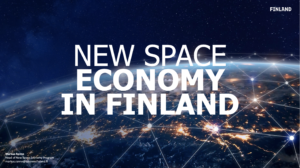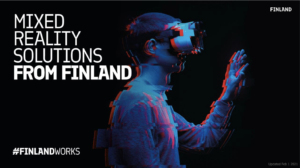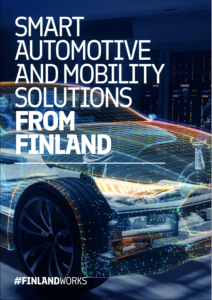Stockton, CA & New York, NY 20th November 2020
The San Joaquin Council of Governments (SJCOG) and Masabi, the company bringing Fare Payments-as-a-Service (FPaaS) to public transit, announced November 20th 2020 the launch of EZHub, a cashless mobile ticketing and fare payment system, available in the Vamos Mobility App from Kyyti, that will make using public transit safer and easier to access and pay for throughout San Joaquin County.
Once downloaded, transit riders can use the Vamos Mobility app to plan their journeys and, thanks to the addition of EZHub, purchase tickets for any of the seven participating transit systems. The app is available from both the App Store and Google Play by searching for “Vamos Mobility” or “EZHub”, connecting residents of California’s Central Valley with affordable and clean local transit.
From 20 November 2020, riders on services provided by San Joaquin RTD, Manteca Transit, Tracer, eTrans, Altamont Corridor Express (ACE Rail), GrapeLine and City of Ripon can use EZHub to purchase tickets via the Vamos Mobility app wherever, whenever and ride across the agencies networks. This will cover the regional bus and rail transit services throughout San Joaquin County and local bus transit service in the cities of Stockton, Lodi, Manteca, Ripon, Tracy, and Escalon. Talks are ongoing to expand the app’s functionality beyond San Joaquin County, and to add further mobility partners.
Vamos is integrating EZHub using Masabi’s Justride SDK, enabling transit ticketing from within the Vamos Mobility app. This ground-breaking innovation will help open up ticketing across the region, giving people the freedom and flexibility to open a single app to plan a trip, get real-time information, and purchase a ticket in just a few taps.
Thanks to Masabi’s cloud-native and multi-tenant Fare Payments-as-a-Service platform, Justride, which powers EZHub, transport agencies no longer need to purchase their own design-and-build bespoke ticketing systems, which are expensive, slow and risky to deploy, and do not update regularly with new features and functionality unless significant amounts of money are invested. Instead, using a Fare Payments-as-a-Service approach, they can benefit from the latest innovations delivered quickly and cost-effectively, with regular feature updates everyone on the platform benefits from.
“The launch of EZHub represents the dawn of a new era for transit riders in San Joaquin County,” said Diane Nguyen, Deputy Director at SJCOG. “From now on, not only will people be able to buy their tickets at any time, anywhere, but that ticket will take them wherever they want to go in San Joaquin County, saving the hassle of keeping track of multiple tickets, schedules and services across different agencies. Masabi presented us with a compelling proposition, with a world-renowned product that will help streamline transit for people and communities, and we are delighted to have such an esteemed partner on board as we get to work making journeys smarter.”
“At Masabi, our Fare-Payments-as-a-Service approach to fare collection has brought time and cost-saving innovation to all sizes of transit agency across the world. Now, more than ever, when passenger safety is paramount, the reassurance of a fully contactless rider experience combined with an easier way to reach destinations throughout the region means that journeys can be undertaken safely and conveniently,” said Brian Zanghi, CEO of Masabi. “We’re excited about the launch of this ground-breaking regional project and pleased to bring the benefits of cashless technology to riders of all the agencies involved via a single solution.”
“SJCOG’s new regional fare payments system, EZHub, is a highly advanced solution to a technically complex problem. It seamlessly combines services from seven transit agencies. We are very happy to be the end user app provider for this project,” said Kyyti Group CEO Pekka Möttö. “We believe in making everyday commuting more convenient and more sustainable. Working with Masabi allows us to seamlessly combine passenger information with mobile ticketing over many operators, all within one app”, Möttö says.
Read the full story on Kyyti Group’s press release.



